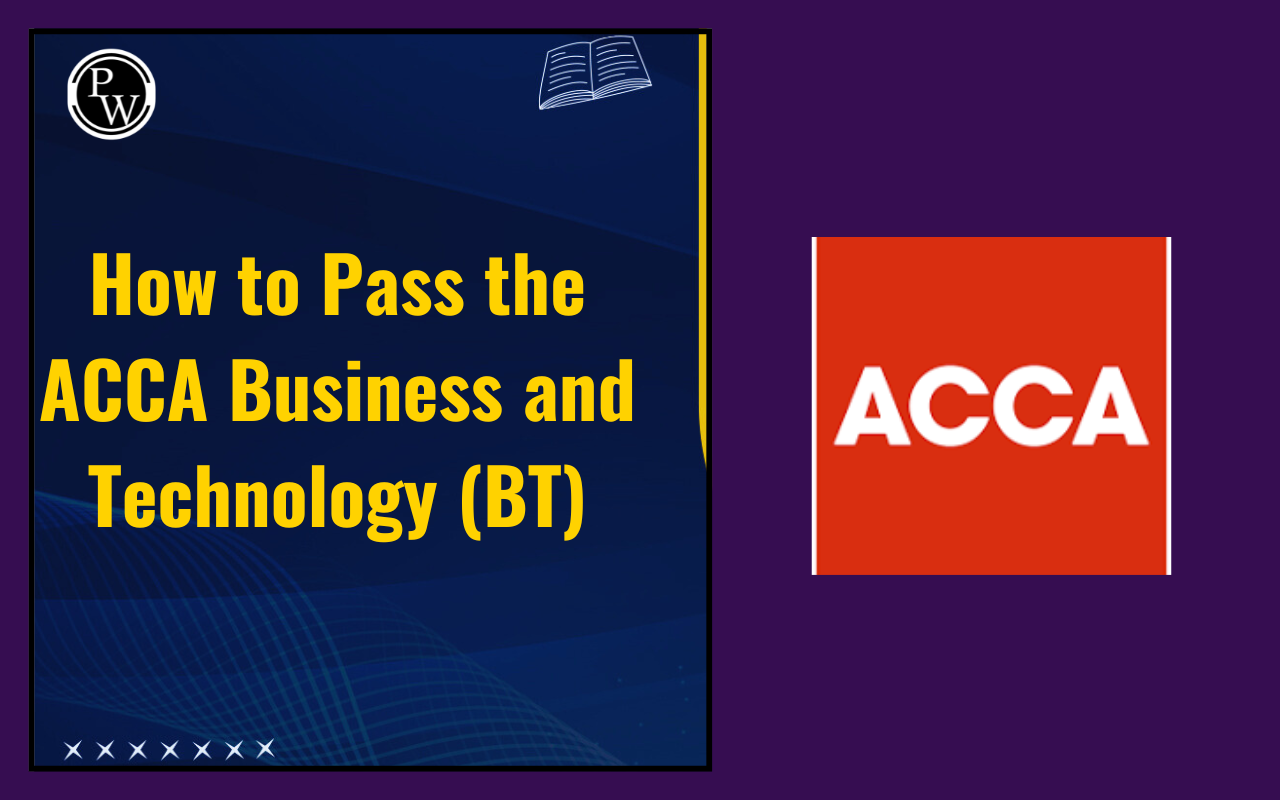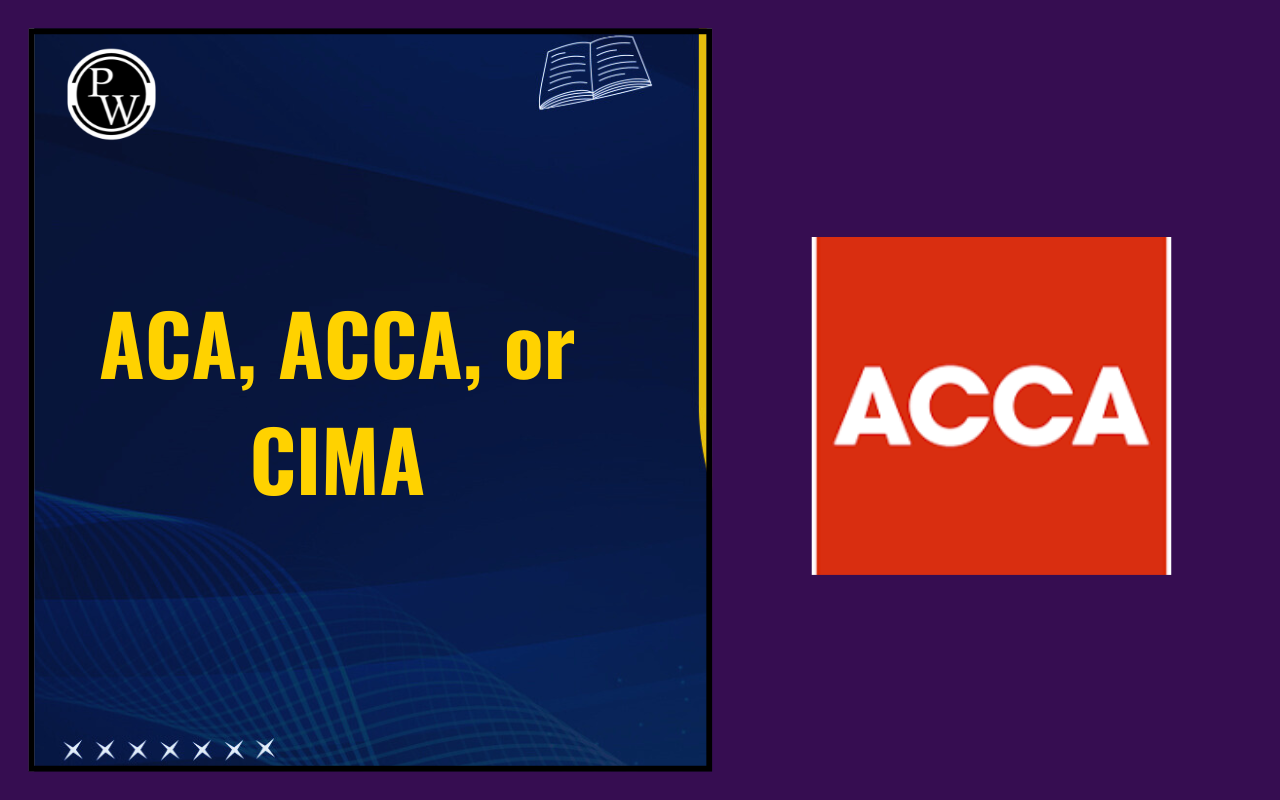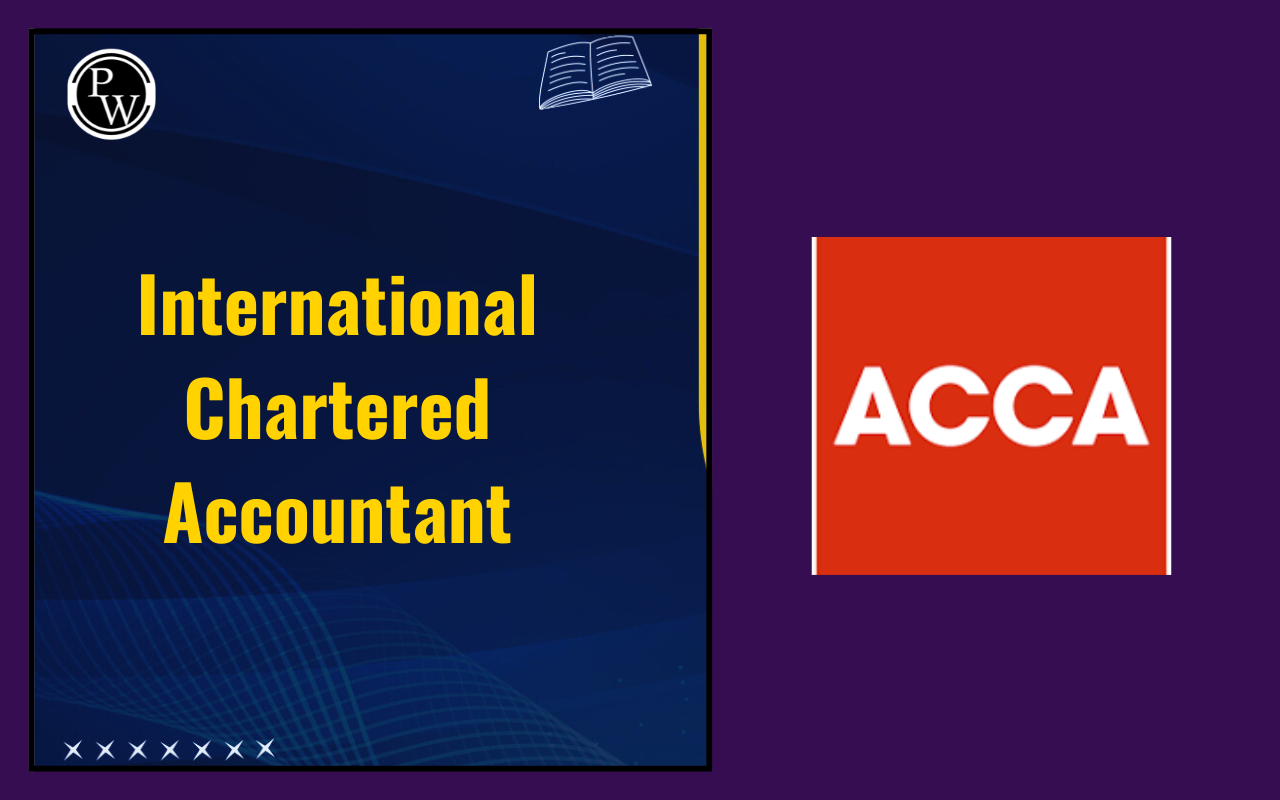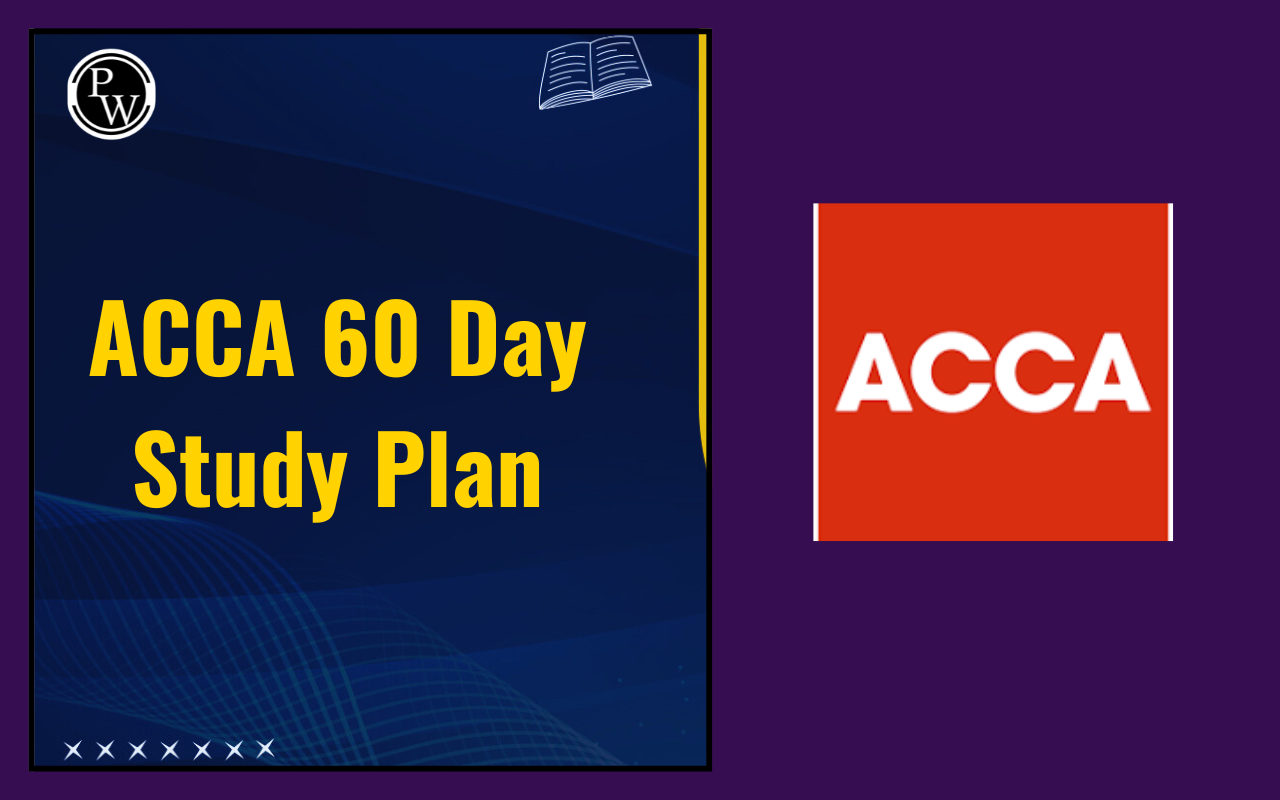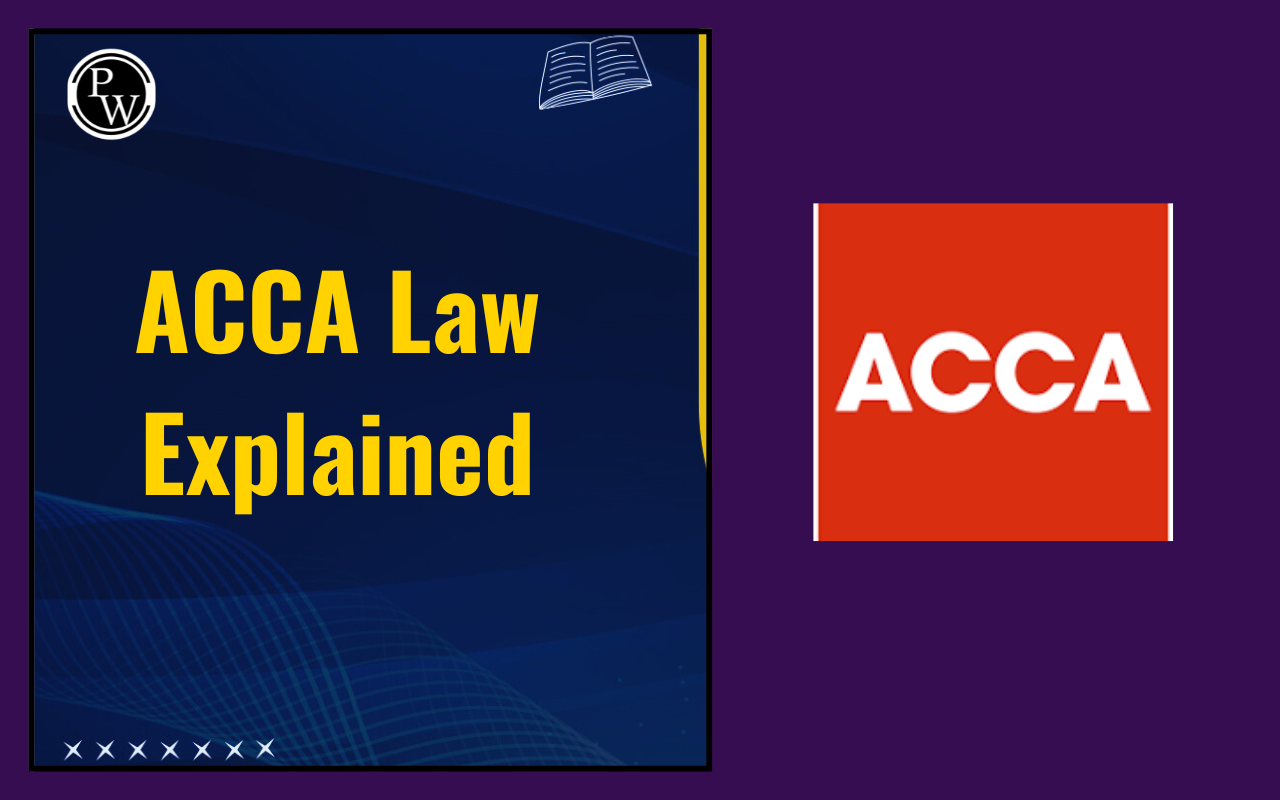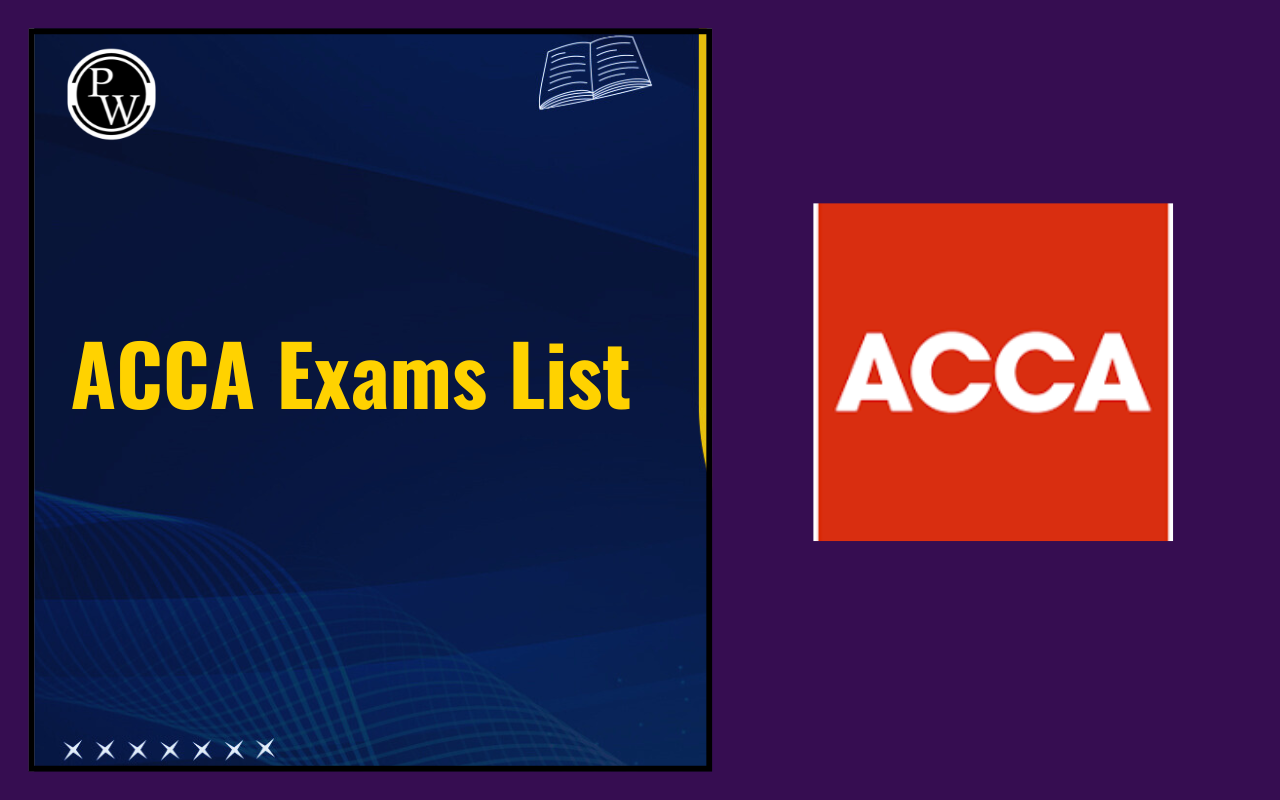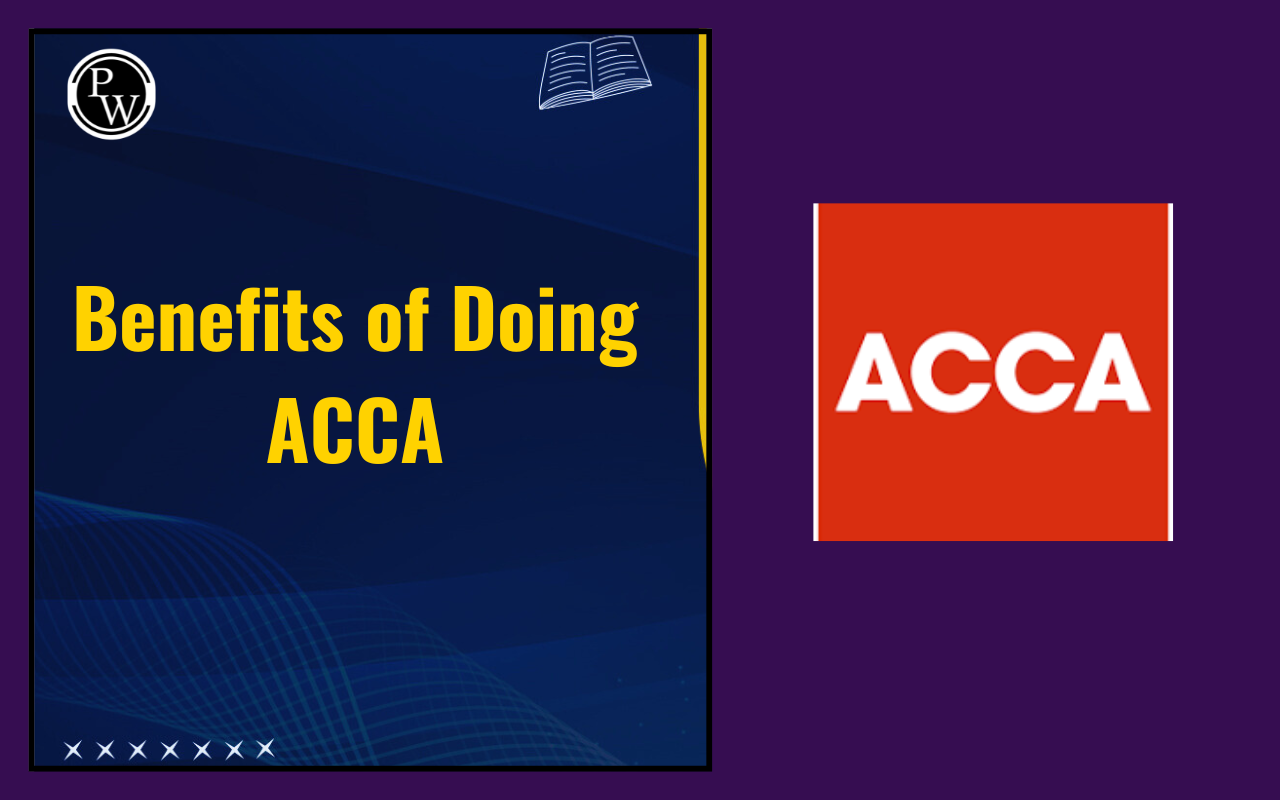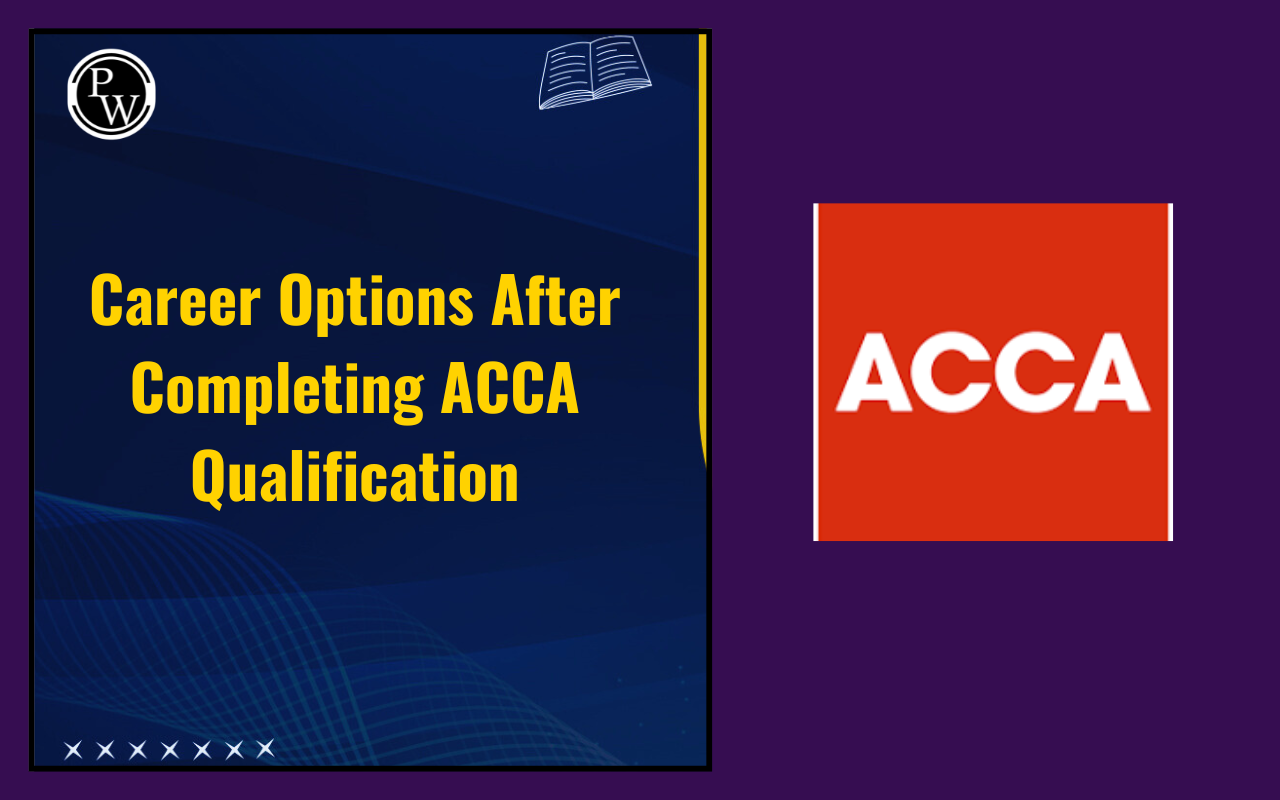
Financial management is a fundamental factor of every business operation. Understanding how a business is financed is important for all aspiring accountants. Within the ACCA Financial Accounting (FA/F3) syllabus, two important topics stand out, i.e., Capital Structure and Finance Costs. These topics help students learn the key financial strategies that businesses use and how these decisions affect financial statements and overall performance. The section below provides a detailed overview of capital structure and finance costs following the FA/F3 syllabus.
What is Capital Structure?
Capital structure refers to how a company finances its operations and growth through different sources of funds. It mainly consists of equity and debt capital. A perfect capital structure hits a balance between cost, control, and risk to maximize shareholder value.
Formula: Capital Structure = Equity Capital + Debt Capital + Retained Earnings
Components of Capital Structure
Capital structure consists of various funding sources, each playing a unique role in financing a company's operations and growth. Understanding the components of capital structure is important for estimating financial stability, the cost of capital, and the importance of control. Below are the essential elements of capital structure, along with their specific facts and importance.
1. Equity Capital
-
Raised from shareholders.
-
Includes common shares and preferred shares.
-
Carries ownership rights and voting power.
-
Dividends are not obligatory.
2. Debt Capital
-
Borrowed funds from banks, institutions, or public (debentures).
-
Involves repayment with interest.
-
Interest is a finance cost and tax-deductible.
3. Preference Share
-
Fixed Dividend payments
-
Non-voting rights in most cases.
-
Types: Cumulative, Non-Cumulative, Redeemable, Convertible.
Types of Capital
The types of capital are important for assessing how a business secures funding. Each type i.e. equity, debt, and hybrid has different costs, risks, and implications for ownership. The table below outlines the main capital categories with examples and key characteristics.
|
Types of Capital |
|||
|---|---|---|---|
|
Type |
Nature |
Example |
Repayment Obligation |
|
Equity |
Liability |
Common Shares |
No |
|
Debt |
Equity |
Bank Loans, Bonds |
Yes |
|
Preference Shares |
Equity/ Liability |
Irredeemable, Redeemable |
Depends on terms |
Importance of Capital Structure in ACCA FA/F3
ACCA FA/F3 exam, capital structure is an important topic. It helps students understand how businesses use debt and equity to raise money. Knowing this helps when preparing financial statements and making decisions about business financing. Below are the importance of capital structure in ACCA FA/F3:
-
Drafting balance sheets and income statements
-
Analysing financial risk and leverage
-
Assessing profitability and long-term solvency
-
Answering exam questions on journal entries, ratios, and financing
What is Finance Cost?
Finance costs refer to the expenses incurred when borrowing funds. According to IAS 23 - Borrowing Costs, finance costs include interest and other related expenses associated with borrowing funds. Example of Finance costs includes Interest on bank loans, Lease interest (IFRS 16), Overdraft interest, and Loan processing fees.
Types of Finance Cost
Finance costs refer to various expenses that a company incurs when borrowing money. These costs vary based on the method of borrowing and the terms involved. The table below lists some common types of finance costs along with examples.
|
Types of Finance Cost |
||
|---|---|---|
|
Type of Finance Cost |
Description |
Example |
|
Interest on Loans |
Cost of borrowing money from banks or financial institutions |
Interest on term loan |
|
Bond or Debenture Interest |
Interest paid to bond or debenture holders |
Annual bond interest |
|
Lease Interest (IFRS 16) |
Interest portion of lease payments |
Finance lease on equipment |
|
Overdraft Interest |
Bank charges for overdrawn accounts |
Overdraft fee from bank |
|
Loan Processing Fees |
Costs charged by banks to process loan applications |
Processing fee on business loan |
|
Foreign Exchange Losses |
Losses due to currency changes on foreign loans |
USD loan exchange loss |
Difference Between Capital Structure and Finance Cost
Capital structure refers to the methods a company uses to finance its operations, such as through loans or by issuing shares. On the other hand, finance costs are paid to cover the expenses a company incurs when it borrows money, such as interest payments on loans. The table below outlines the differences between capital structure and finance cost:
|
Capital Structure vs Finance Cost |
||
|---|---|---|
|
Basis |
Capital Structure |
Finance Cost |
|
Definition |
Combination of debt and equity used for financing |
Expenses incurred on borrowed funds |
|
Nature |
Strategic funding composition |
Accounting expense |
|
Financial Statement Impact |
Affects the balance sheet (funding sources) |
Affects income statement (expense) |
|
Objective |
Optimize funding mix for growth |
Recognise the cost of borrowing |
|
Examples |
Equity capital, debt capital, retained earnings |
Loan interest, bond interest, lease interest |
Accounting Treatment of Capital Structure and Finance Cost
In accounting, both capital structure and finance cost are treated differently in the financial statements. Capital structure affects how funds are presented in the balance sheet, while finance cost deals with the expenses of borrowing and is recorded in the income statement. Check below for the accounting treatment of capital structure and finance cost:
Capital Structure Treatment
-
Equity instruments are listed under equity and debt instruments under liabilities on the balance sheet.
-
Share capital, share premium, and retained earnings appear under equity.
-
Borrowings such as loans and debentures appear under liabilities.
-
No direct expense was recorded in the income statement from capital raised.
Finance Cost Treatment
-
Finance costs are treated as expenses in the income statement.
-
The finance costs are reported separately from the operating profit.
-
Revenue should be recognized on an accrual basis.
-
According to IAS 23, borrowing costs that are directly linked to obtaining or creating a qualifying asset must be capitalized.
| Also Check: |
| Irrecoverable Debts and Allowances for Recoverables |
| Taxation Examiner Report |
| How to Attempt ACCA MCQs Smartly for Maximum Marks? |
| Can You Finish ACCA in Two Years? |
ACCA Financial Accounting FAQs
What is capital structure?
What are finance costs?
Where are finance costs shown in financial statements?
What is the benefit of debt in capital structure?
Can finance costs be capitalized?

